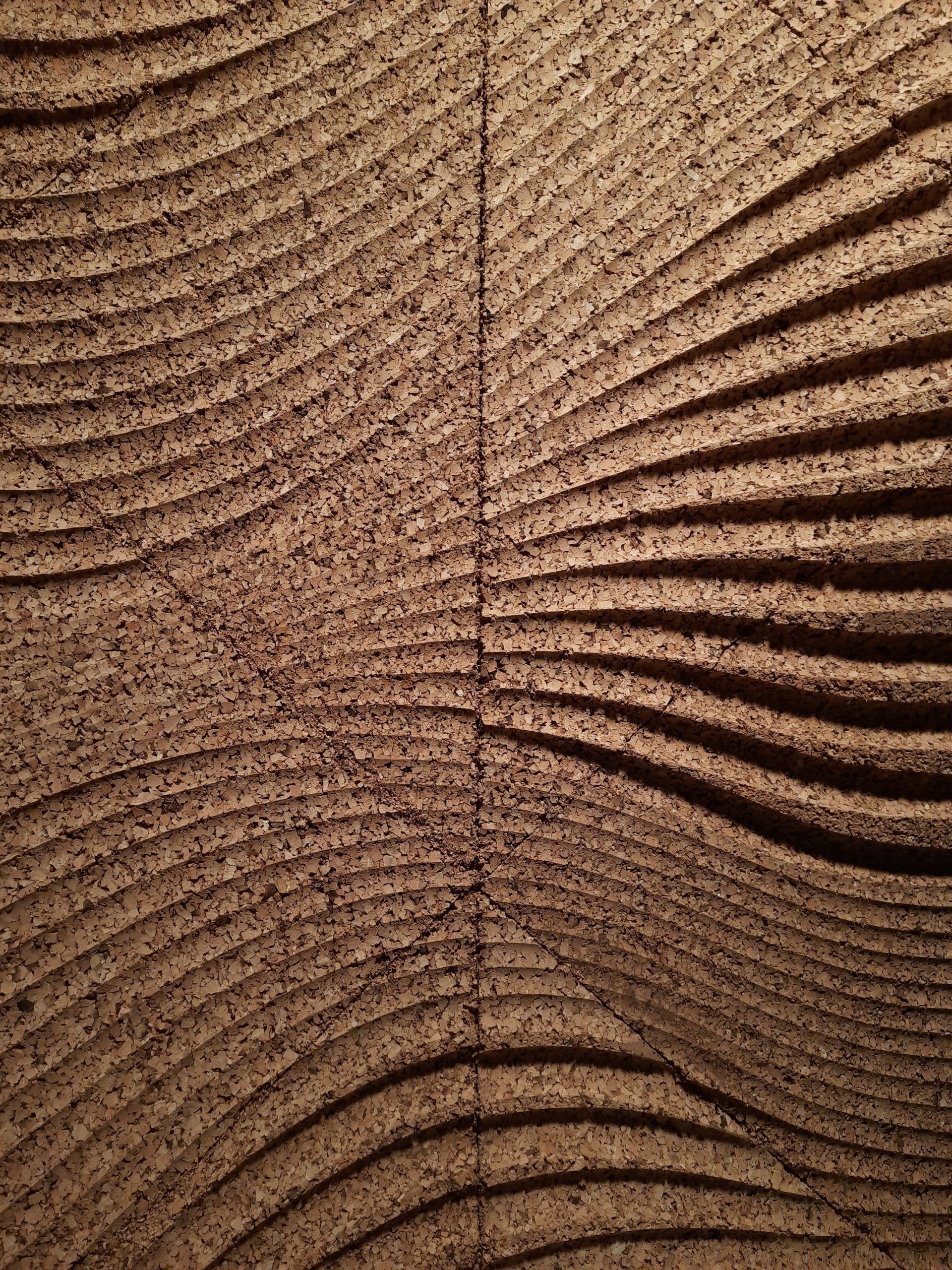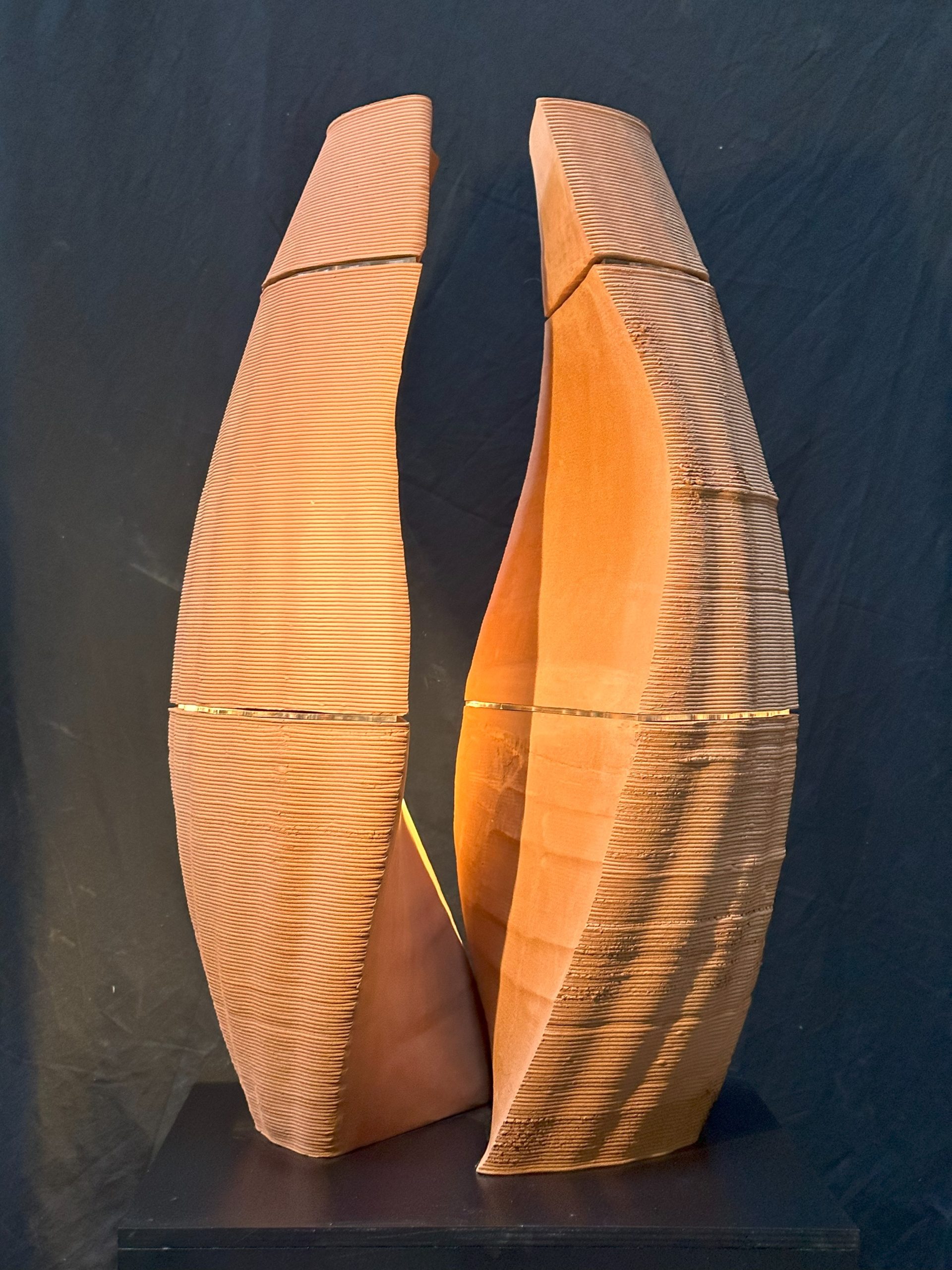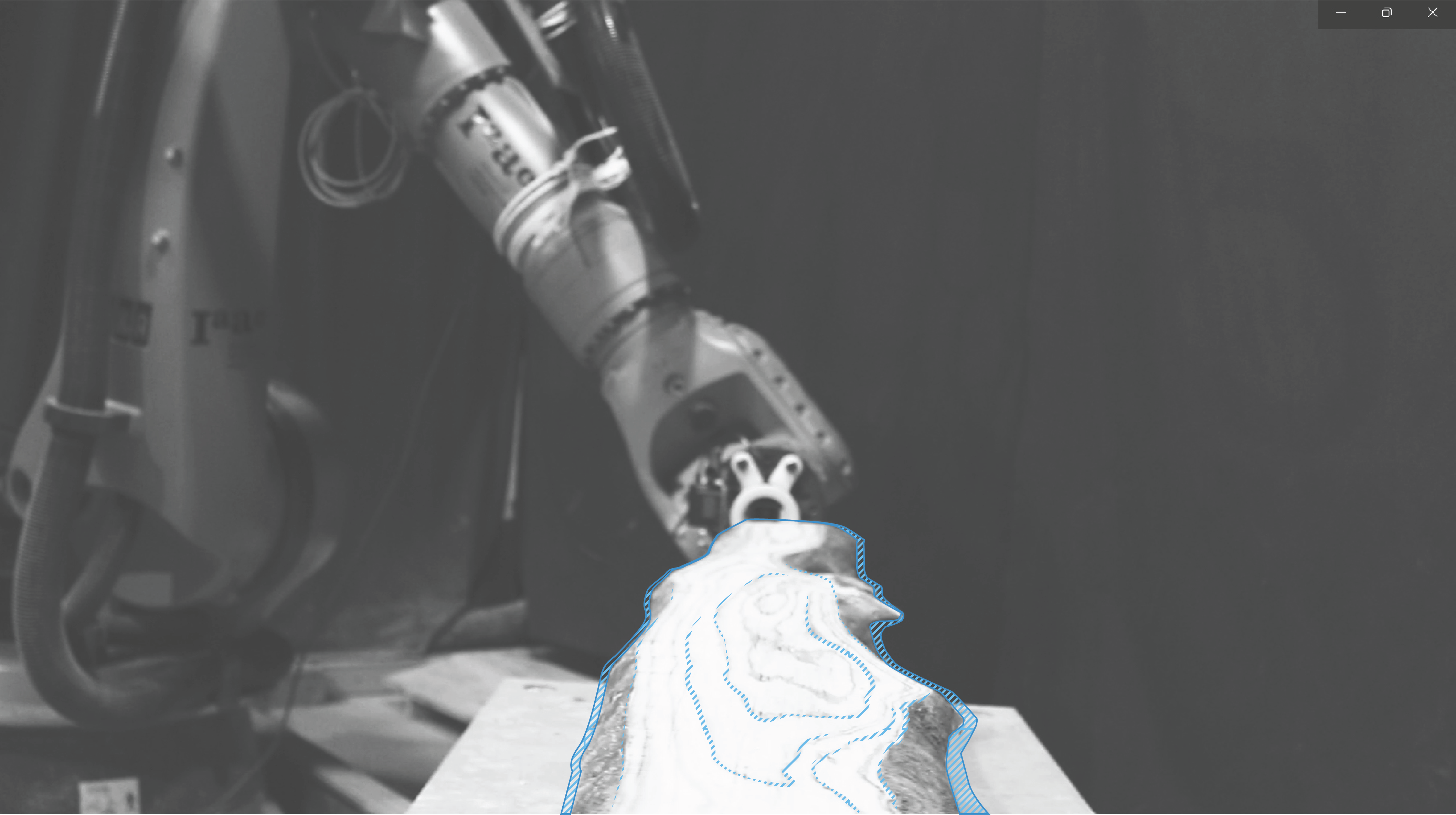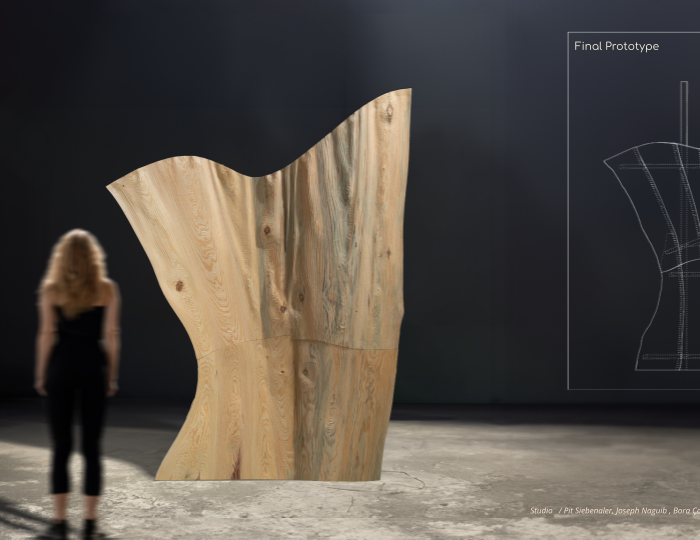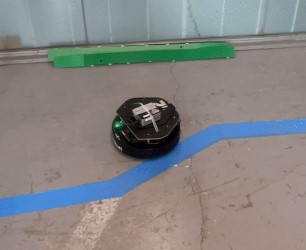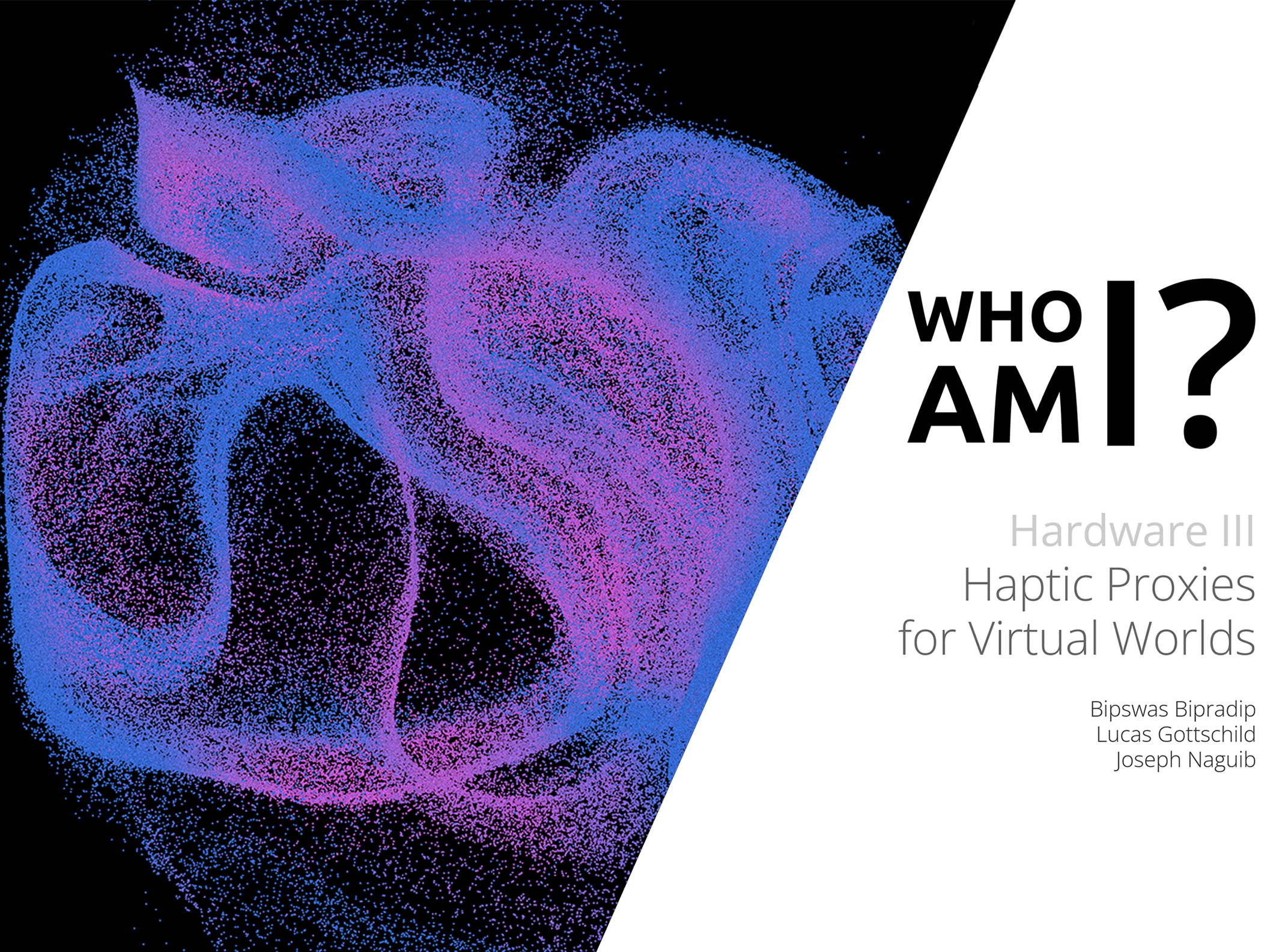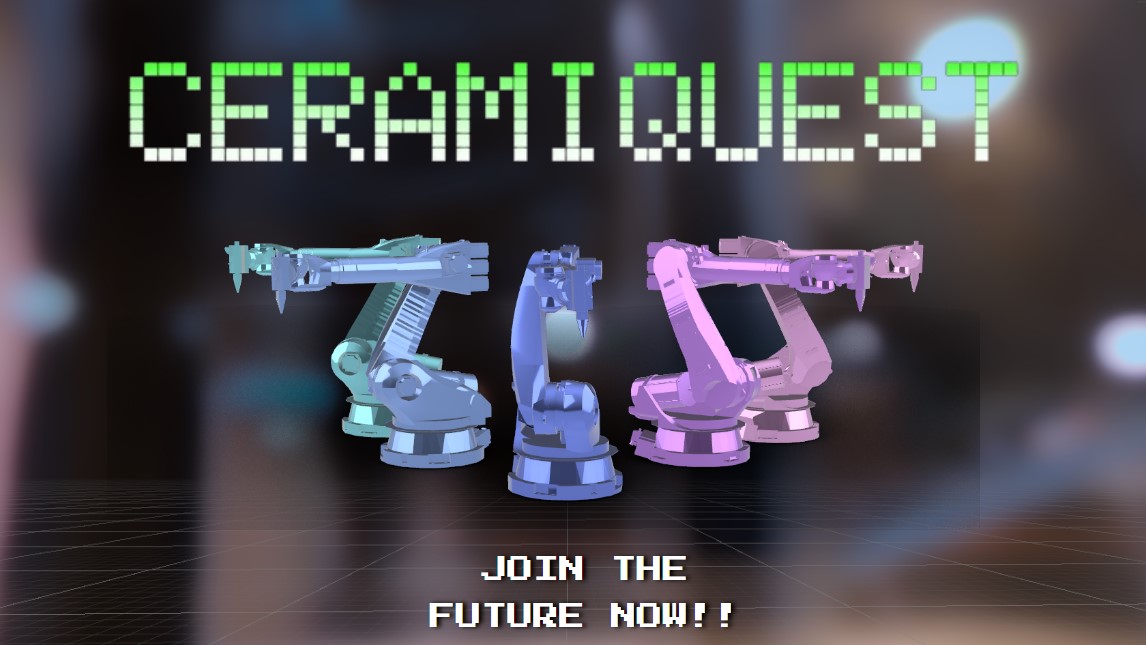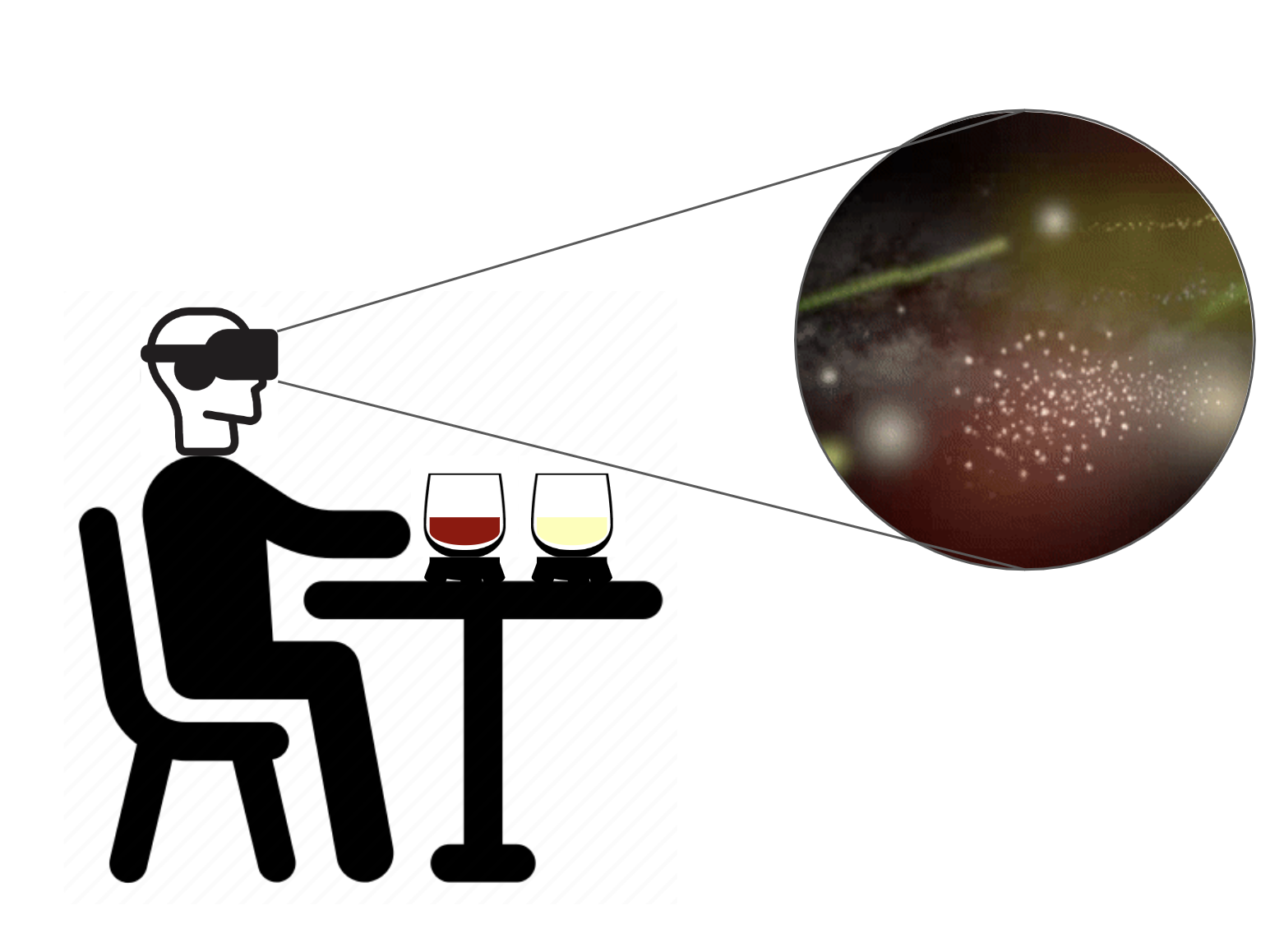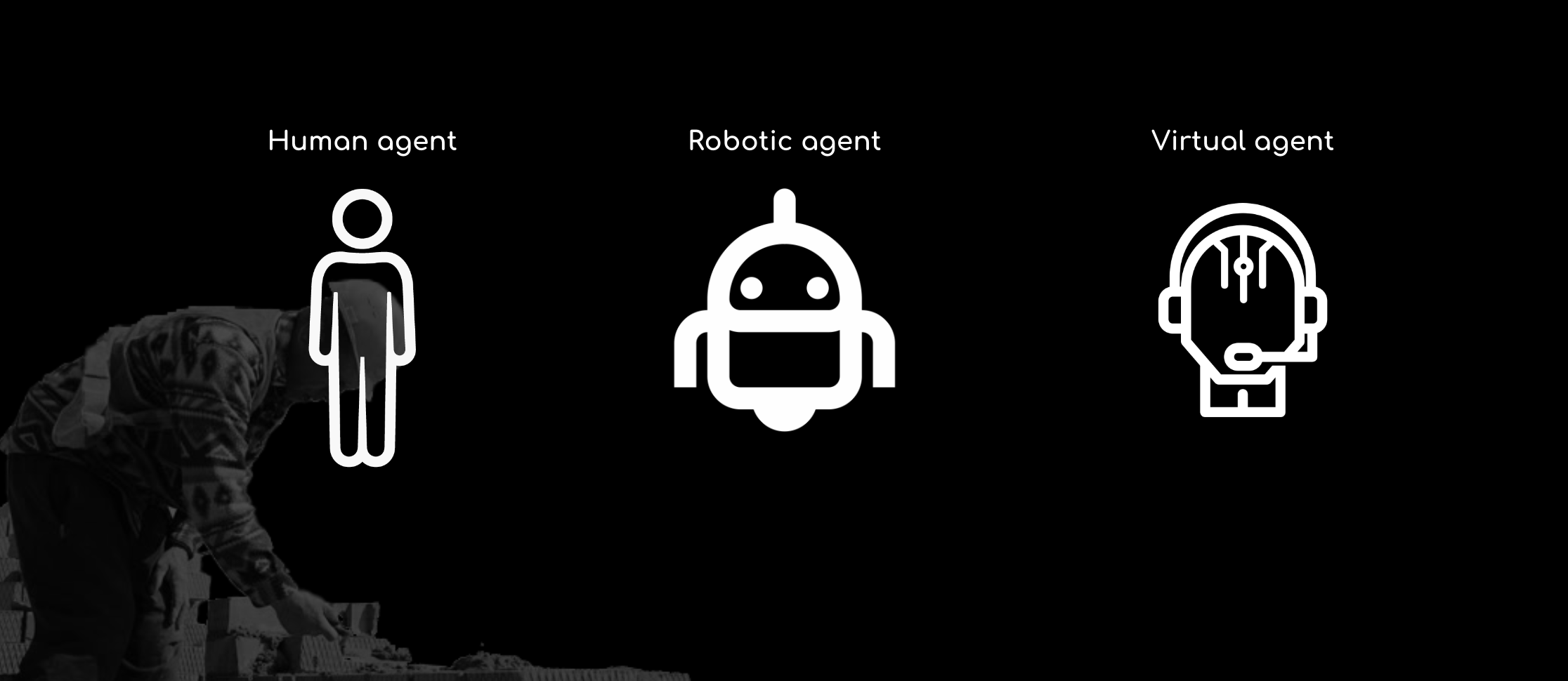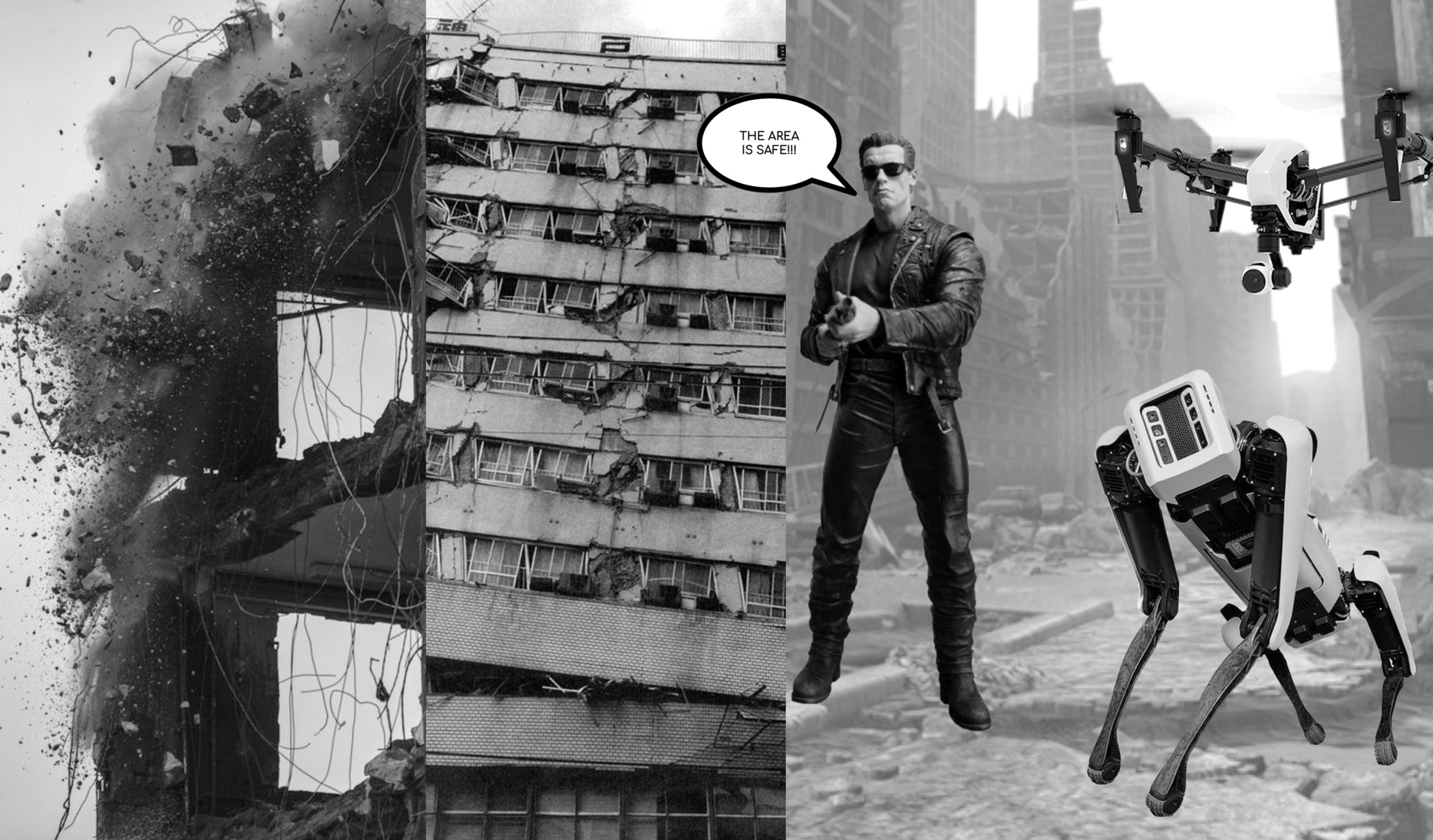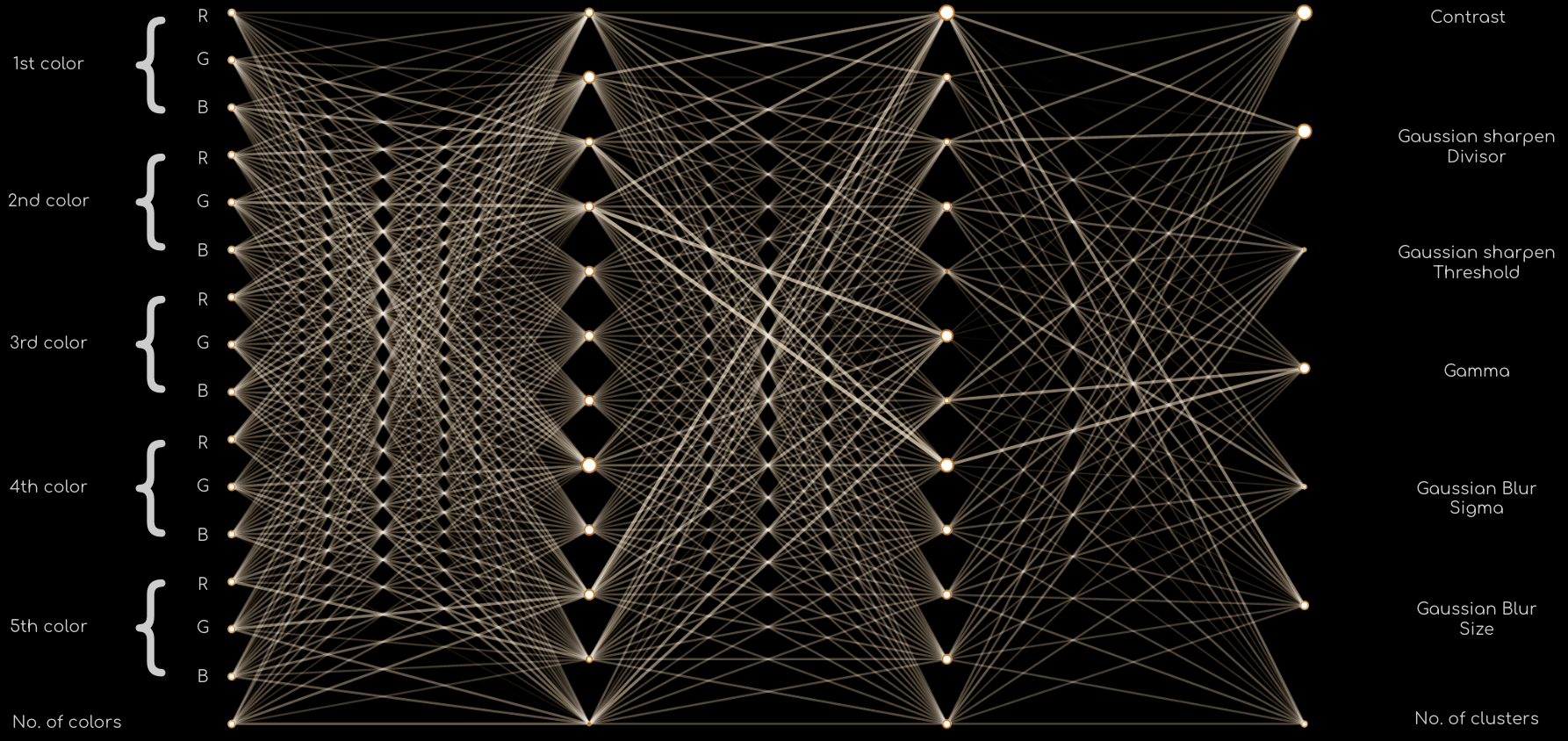THE HOUSE OF QUESTION MARK
During this course, we delved into the methodologies of modular building using wood modules designed by Gilles Retsin. By employing techniques like stacking and post-tensioning, we investigated both the potential and constraints of these modules. Our journey started with the assembly of the module, during which we constructed elements such as beam, column, opening and … Read more




